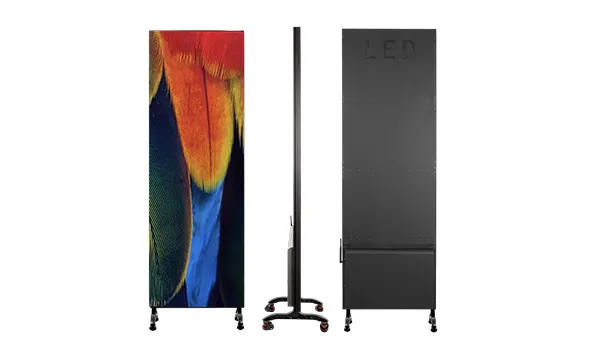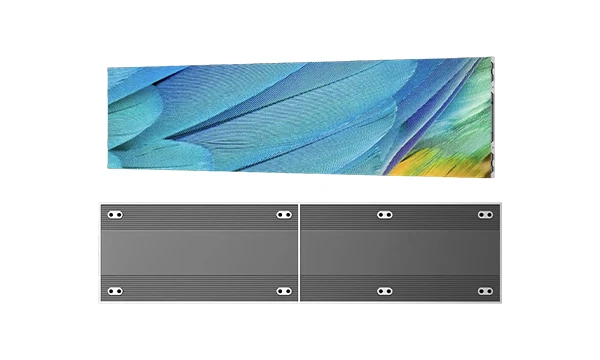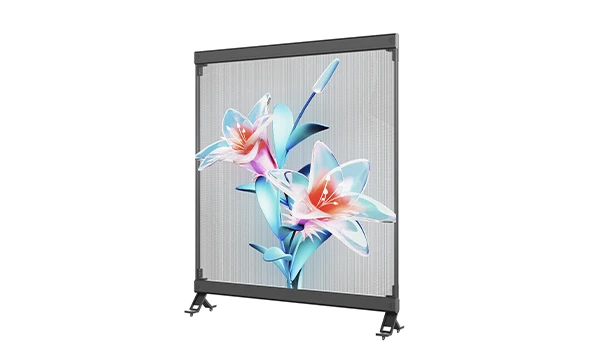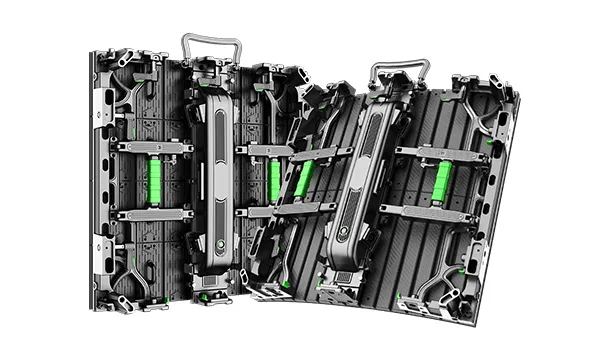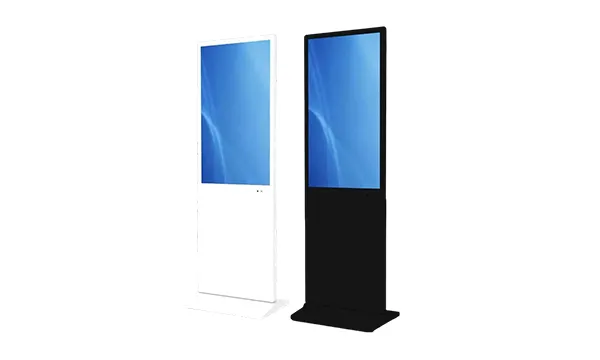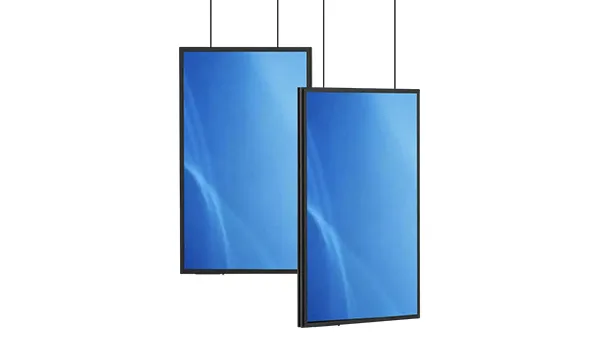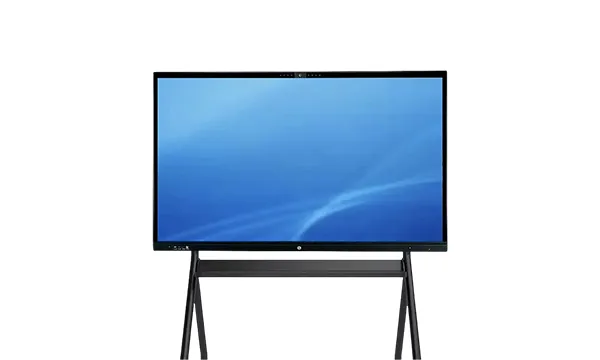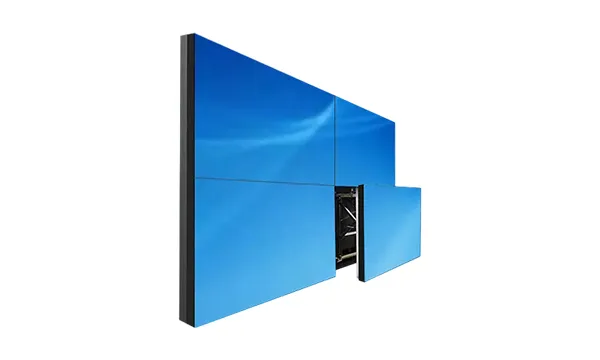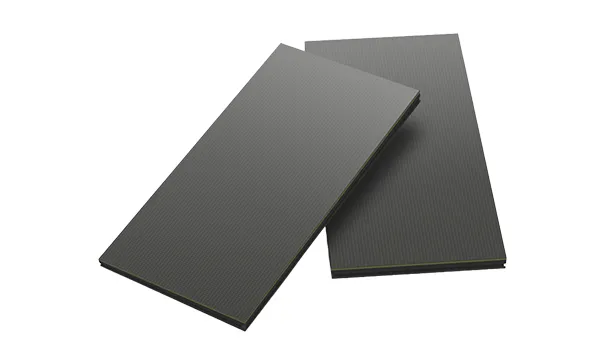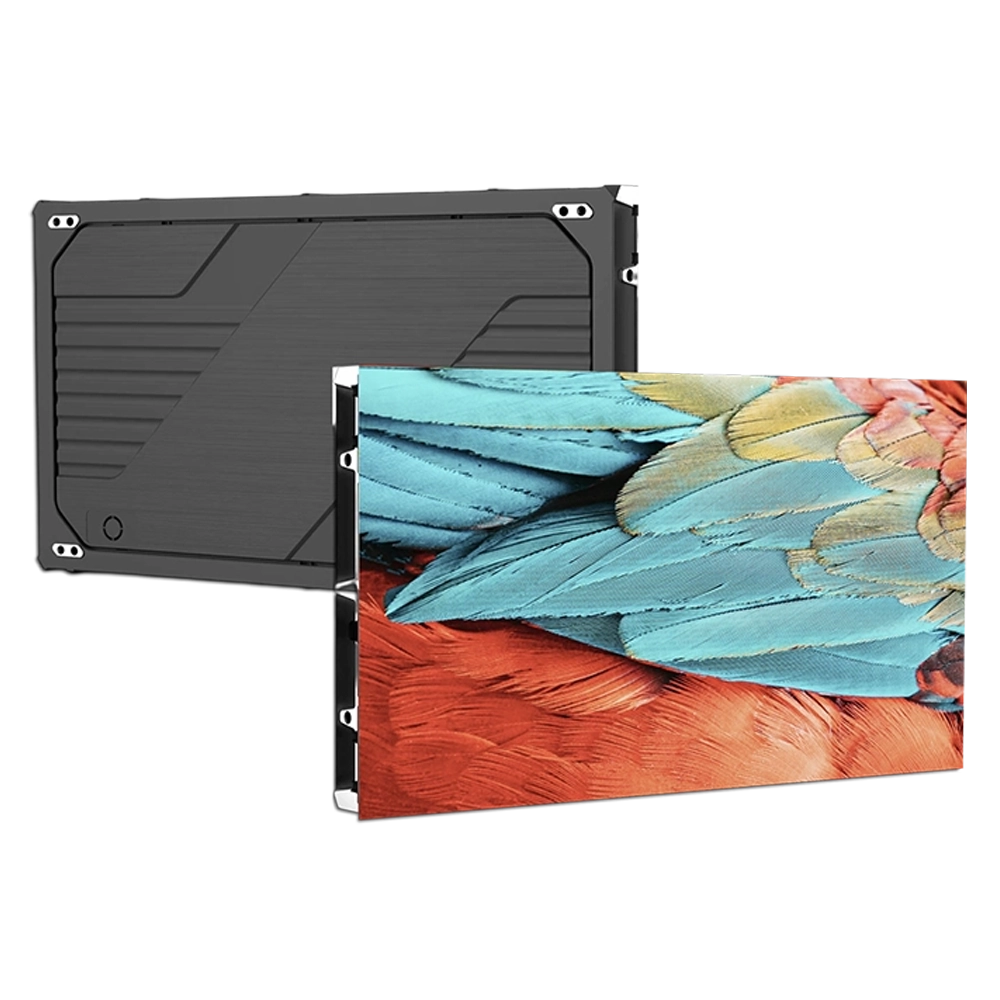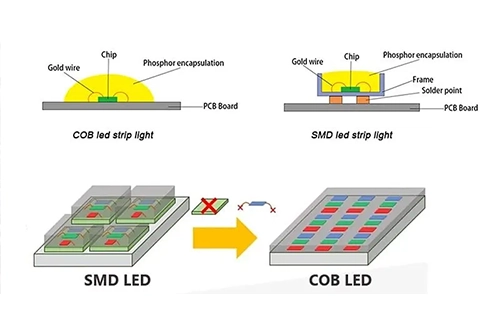In the dynamic world of LED display technology, COB (Chip-on-Board) has emerged as a significant advancement, renowned for its superior reliability, enhanced protection, and seamless viewing experience. However, within the COB domain itself, a critical technological bifurcation exists: Real Pixel and Virtual Pixel configurations. Understanding this distinction is paramount for anyone involved in specifying, purchasing, or operating high-end LED displays, as the choice profoundly impacts cost, image quality, and application suitability.
This comprehensive guide will delve into the architectural differences, operational principles, advantages, disadvantages, and, most importantly, the practical methods to distinguish between these two technologies.
Core Concepts and Technological Principles
1.1 The Foundation: What is a Physical Pixel?
A physical pixel is the smallest, indivisible unit of an LED display. In a monochrome display, it’s a single LED chip. In a full-color display, a physical pixel is comprised of a cluster of three (or sometimes more) sub-pixels: one red (R), one green (G), and one blue (B) LED chip. The combination of these RGB chips emitting light at different intensities creates the perception of a specific color at that pixel location.
1.2 Real Pixel Technology: The One-to-One Paradigm
Principle: Real Pixel, also known as True Pixel or 1R1G1B, is the straightforward, intuitive approach. In this configuration, each physical pixel (the R, G, B chip cluster) is directly mapped to and controlled by a single data point (or address) from the video source.
- Mapping: 1 Physical Pixel = 1 Data Address.
- Function: Each triad of LEDs is treated as an independent unit. To display an image, the controller sends a unique color command to each individual physical pixel. The resolution of the display (e.g., 1920×1080) is exactly equal to the number of physical pixel clusters on the panel.
1.3 Virtual Pixel Technology: The Algorithmic Illusion
Principle: Virtual Pixel is a sophisticated signal processing technique designed to create a perceptual resolution higher than the physical resolution of the panel. It’s an optical trick that leverages the human eye’s characteristics.
- Mapping: 1 Physical Pixel ≠ 1 Data Address. Instead, the data from multiple adjacent data addresses is used to control a single physical pixel in a shared, overlapping manner.
- Function: A complex algorithm takes the video signal and redistributes the color data from four logical pixels (A, B, C, D) to four physical pixels (1, 2, 3, 4) in an overlapping pattern. For example, the color of physical Pixel 1 might be determined by a weighted average of the data from logical Pixels A and B. This means a single physical pixel participates in rendering the color for more than one point in the image.
The most common virtual pixel algorithm is 2×2 Virtual Pixel (or 4-share), which uses four physical pixels to display data for four logical pixels, creating the perception of a resolution increase of up to (though not exactly) double in each dimension.
Head-to-Head Comparison: Advantages and Disadvantages
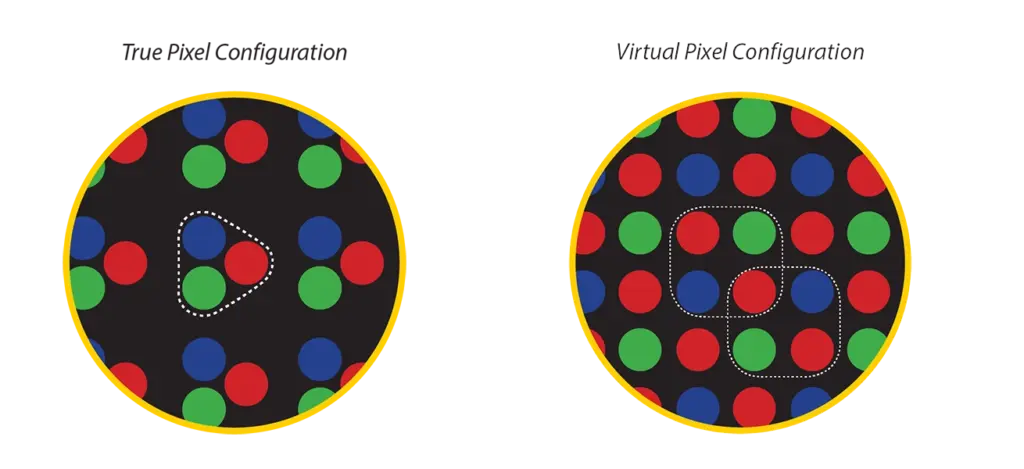
| Feature | Real Pixel COB | Virtual Pixel COB |
|---|---|---|
| Core Principle | Direct 1:1 mapping of data to physical pixels. | Algorithmic sharing of data between adjacent physical pixels. |
| Perceived Resolution | Equal to the physical resolution. | Higher than the physical resolution (e.g., a 2×2 virtual can appear ~1.8x sharper). |
| Image Sharpness & Detail | Excellent and true to source. Sharp edges are rendered precisely. | Superior for fine details and smooth curves. Reduces the “stair-stepping” or aliasing effect. |
| Color Consistency & Accuracy | High. Each pixel is controlled independently, reducing color contamination. | Can be slightly less consistent at the micro-level due to data sharing, but often imperceptible. |
| Viewing Distance | Optimal for mid-to-long range viewing. | Excellent for shorter viewing distances, where the higher perceived resolution is most beneficial. |
| Cost Efficiency | Higher cost for a given perceived resolution. | More cost-effective. Achieves a sharper image without adding more physical LEDs, lowering hardware costs. |
| Complexity | Simpler drive and control technology. | Requires advanced processing algorithms and more complex controller hardware. |
| Reliability & Maintenance | Slightly simpler diagnostics and module replacement. | Diagnostics can be more complex due to the shared pixel data. |
| Content Requirements | Works perfectly with any content at native resolution. | Best performance is achieved with content that has a resolution matching the virtual resolution. |
How to Distinguish Between Real and Virtual Pixel COB Displays
Distinguishing between the two technologies can be challenging, especially when viewing high-quality content on a well-calibrated display. However, several methods can be employed:
Method 1: The Ultimate Test – Physical Pixel Inspection
This is the most accurate method but requires physical access to the display.
- Step 1: Display a Pure White Image. This illuminates all LEDs.
- Step 2: Use a High-Powered Magnifying Glass or Microscope. Get close enough to see the individual RGB chip clusters (the physical pixels).
- Step 3: Analyze the Pattern. If the display is off, you may see the physical layout of the chips. When on, try to trace a single, consistently colored point. In a Real Pixel display, you will see that each distinct point of white light is generated by one tightly grouped R,G,B cluster. In a Virtual Pixel display, the light from one cluster might be blending with its neighbor to form a point that doesn’t perfectly align with the physical structure.
Method 2: The “Single-Pixel” Test (Software-Based)
This test is highly effective and can often be done remotely.
- Step 1: Display a Solid Black Background.
- Step 2: Display a Single, Pure-White Pixel. This is typically done with a test pattern generator or specific LED control software. The goal is to command only one logical pixel to turn on.
- Step 3: Observe the Result.
- On a Real Pixel display, you will see one, and only one, physical pixel cluster light up. It will be a small, distinct, bright white point.
- On a Virtual Pixel display, you will likely see multiple physical pixels light up, but at a lower brightness. This is because the algorithm shares the “on” command across adjacent pixels to create the illusion that the white point is located between them. Instead of one bright point, you might see four dimmer points forming a small square or a cross pattern.
Method 3: Analyzing Fine Detail and Text
- Display high-resolution images with very fine details, thin lines, or small text.
- On a Real Pixel display, the edges of these fine details might appear slightly jagged or “aliased,” especially if the native resolution is low. The “stair-step” effect will be visible upon close inspection.
- On a Virtual Pixel display, the same details will appear significantly smoother. The algorithm effectively anti-aliases the image, making curves and diagonals look more natural. If small text is noticeably clearer and easier to read from a close distance, it’s a strong indicator of virtual pixel technology.
Method 4: Consult the Manufacturer’s Specifications
- This should be your first point of call. Reputable manufacturers will always specify the pixel configuration in their technical datasheets.
- Look for terms like:
- Real Pixel: “True Pixel,” “1R1G1B,” “Native Resolution.”
- Virtual Pixel: “Virtual Pixel,” “Enhanced Resolution,” “2×2 Virtual,” “4-Share,” “V-Pixel.” The datasheet might list two resolutions: a “Physical Resolution” (e.g., 640×360) and a “Virtual Resolution” (e.g., 1280×720).
Method 5: The “Price-to-Performance” Ratio
- While not a definitive test, it can be a strong clue. If two displays of the same physical size and same perceived sharpness are compared, but one is significantly cheaper, the cheaper one is almost certainly using virtual pixel technology. It achieves a similar visual result with fewer physical LEDs, which is a major cost saving.
How to Choose the Right Technology
The choice between Real and Virtual Pixel COB is not about which is universally “better,” but which is more appropriate for the specific application.
- Choose Real Pixel COB when:
- Viewing distance is longer (e.g., large stadium screens, event halls), where the perceptual benefits of virtual pixel are lost.
- Absolute color and control accuracy are critical (e.g., broadcast studios, critical control rooms).
- The budget allows for a higher physical pixel density to achieve the desired resolution.
- Choose Virtual Pixel COB when:
- Viewing distance is relatively short (e.g., corporate boardrooms, retail stores, control rooms where operators are close).
- The goal is to achieve a high-resolution look without the high cost of a dense Real Pixel display.
- The content features extensive fine detail, graphics, and text that benefit from anti-aliasing.
In the relentless pursuit of sharper, more immersive, and more cost-effective visual solutions, Virtual Pixel technology stands as a testament to the power of software-enhanced hardware. However, the pure, unadulterated signal of a high-density Real Pixel display remains the gold standard for absolute fidelity. Understanding their differences empowers you to make an informed decision that perfectly aligns technical capability with practical need.


